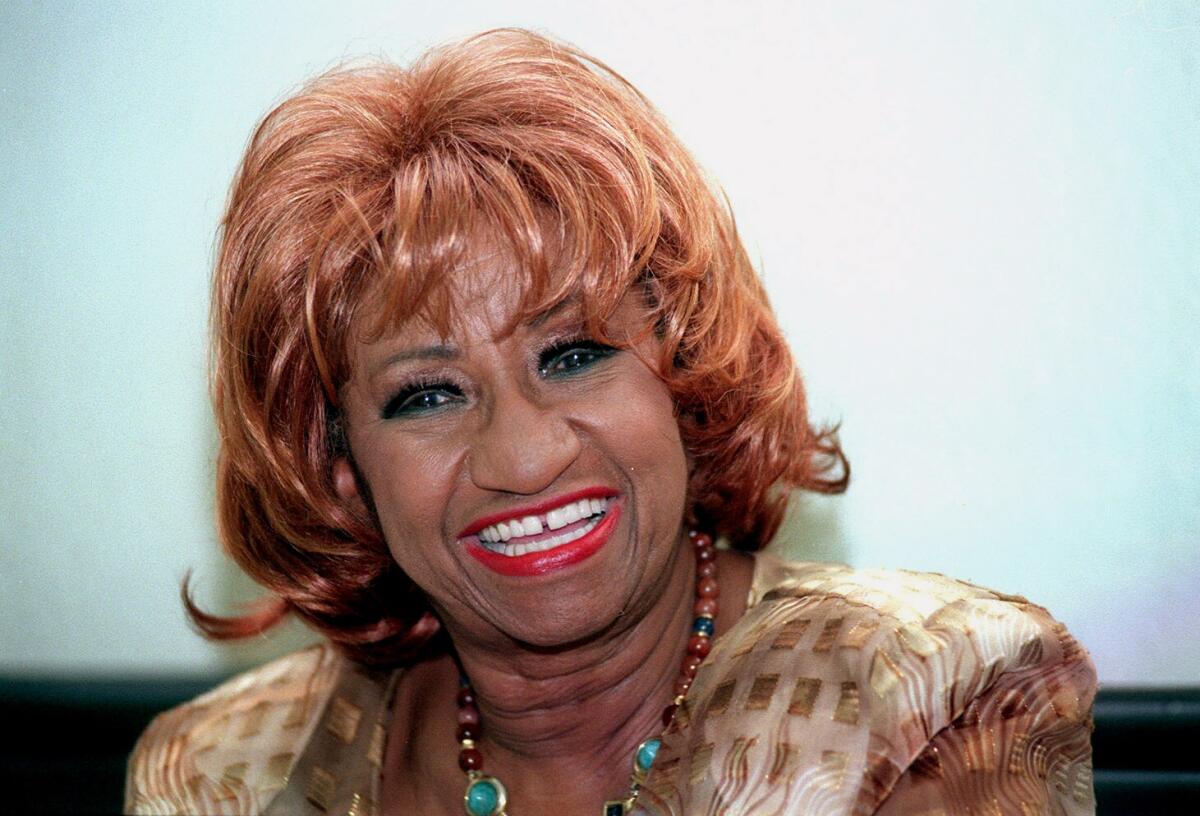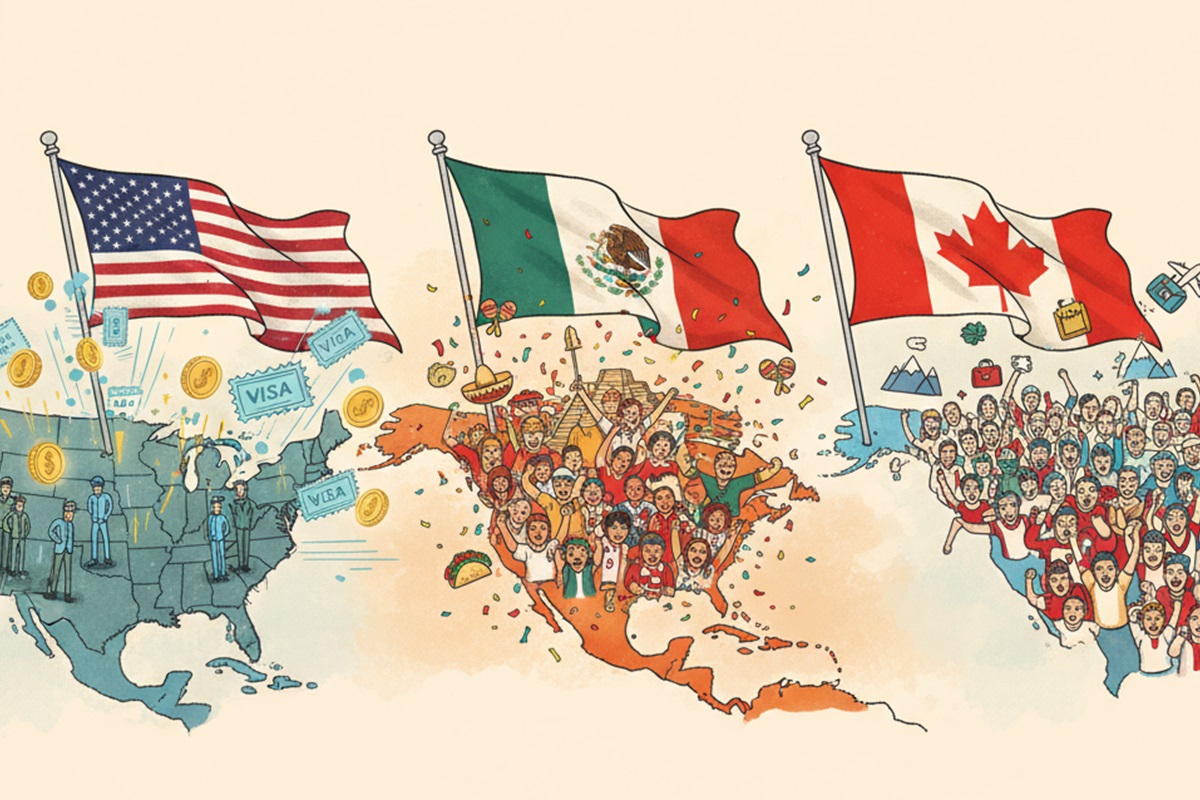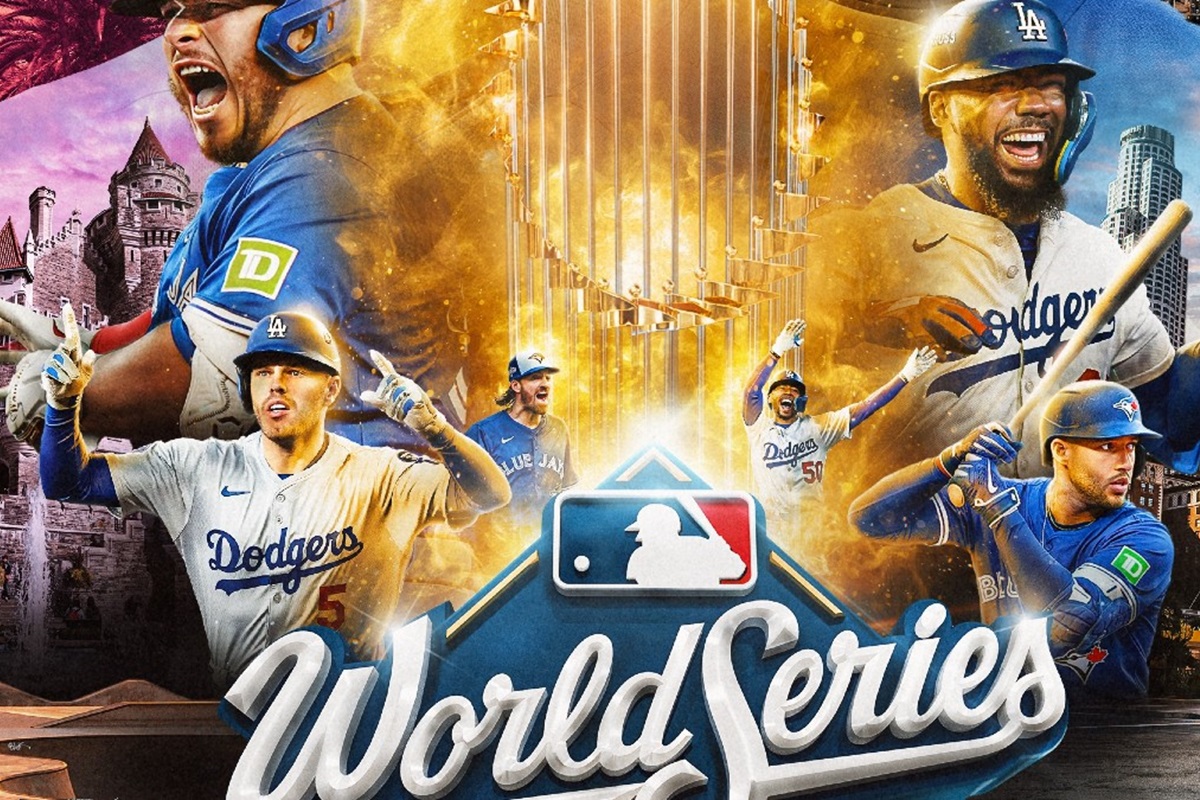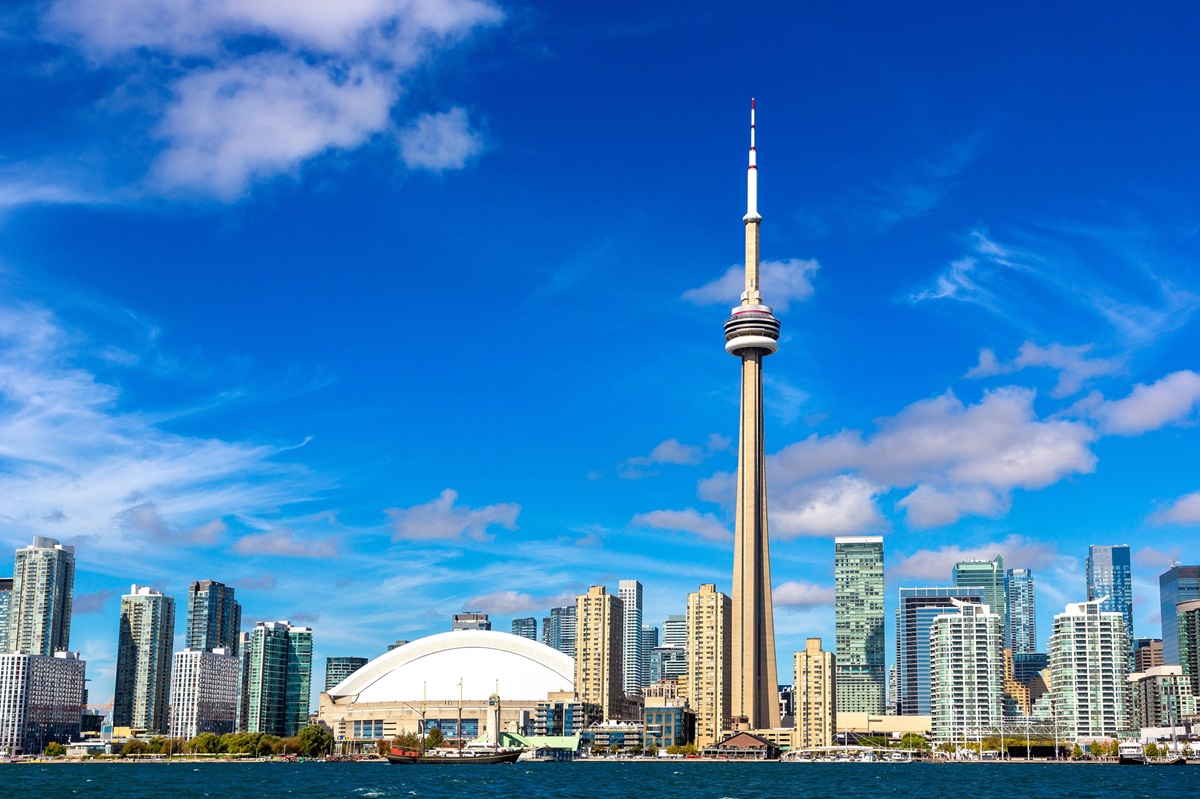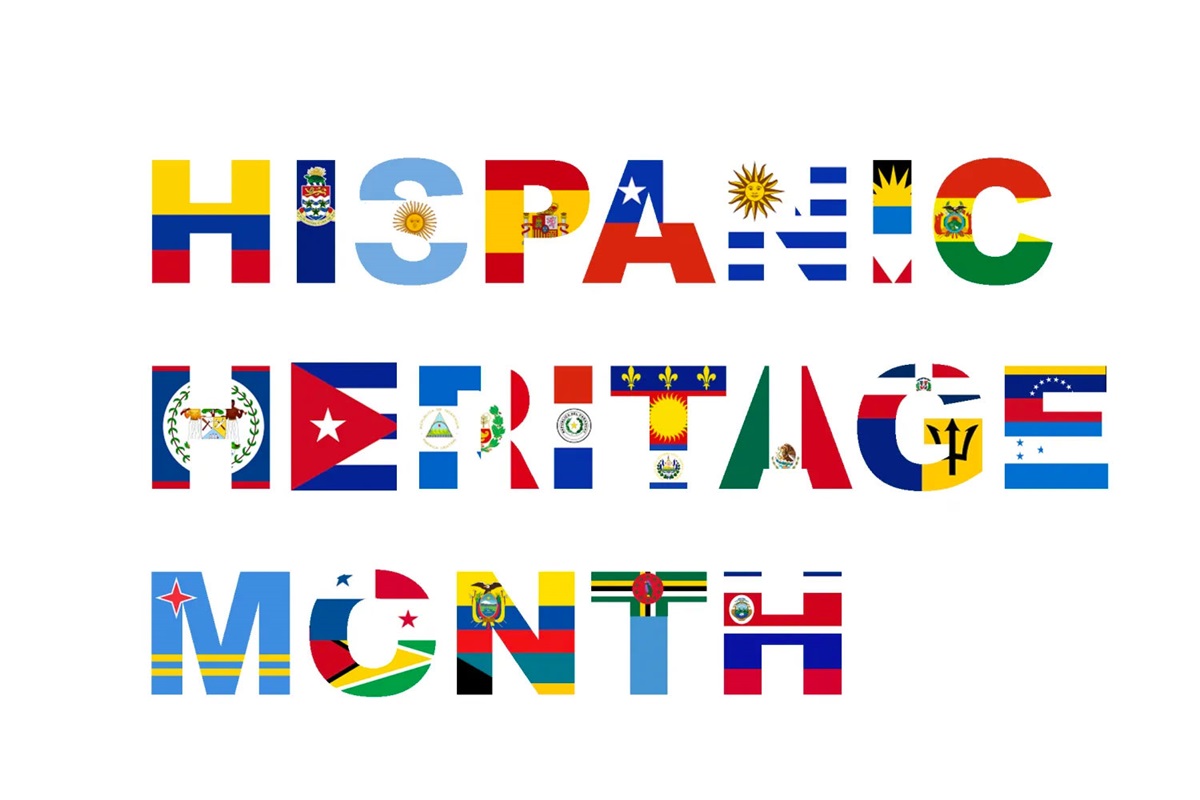The FIFA World Cup 2026 will be remembered for many milestones: the first edition featuring 48 teams, the debut of three simultaneous host countries (Mexico, the United States, and Canada), and also for a groundbreaking visual proposal. For the first time in history, each of the 16 host cities has its own official poster—works of art created to reflect the cultural, historical, and emotional essence of each host city.
Beyond aesthetics, these posters aim to capture the local spirit and the deep connection between the cities and football. and the deep connection between the cities and soccer. Each design was commissioned from local artists—selected through competitions or special collaborations—and serves as a visual tribute to the traditions, symbols, and aspirations of the communities that will host matches between June 11 and July 19, 2026.
Mexico: Tradition, Color, and Football Passion
Mexico City

The poster for the Mexican capital bursts with “chilango” identity. Designed by artist Cuemanche, the piece features iconic elements: the Angel of Independence, the Palace of Fine Arts, axolotls, Xochimilco’s trajineras, and even tacos al pastor. All of this is framed by the Estadio Azteca—a universal football symbol—set to make history again by opening its third World Cup. It fuses ancient heritage—like the Mexica headdress and the Mesoamerican ballgame—with modern vibrancy, representing the city’s soul.
Guadalajara

Also by Cuemanche, Guadalajara’s poster pays homage to Tapatío tradition with a pink background rich in local symbols: mariachis, the Tequila Volcano, the Basilica of Zapopan, and the Tastoanes. A galloping horse symbolizes charrería, while the torta ahogada stands as a culinary icon. The artwork stands out for its dynamism and balance between folklore and modernity.
Related content: The Wixárika Ball: A Symbol of Culture and Soccer on the Road to the 2026 World Cup
Monterrey

The final piece in Mexico’s trilogy features Monterrey, with the Cerro de la Silla as the central element. Dominated by shades of blue, it also includes Parque Fundidora, trains, hawks, and grilled meat. The BBVA Stadium, visible from many parts of the city, takes center stage as a symbol of the region’s industrial and athletic strength.
Canada: Minimalism and a Bond with Nature
Toronto

Artist Dave Murray chose a cubist style to portray Toronto: a stylized player with a red maple leaf, set against a background that mimics both football field lines and city streets. The result is an elegant piece that conveys urban diversity and Canada’s multicultural energy.
Vancouver

Designed by Jamin Zuroski, Vancouver’s poster draws inspiration from Indigenous art and nature. Its main figure is an orca swimming in the bay near the Port Mann Bridge, with the North Shore Mountains in the background. Though some critics call it understated, the artwork celebrates the region’s deep connection with land and sea.
United States: American-Style Visual Eclecticism
Los Angeles

Out of over 900 submissions, Thieb Delaporte-Richard captured LA’s essence with a collage of palm trees, sunsets, the city skyline, and a footballer striking a free kick from the Hollywood Hills. A vibrant piece that blends football with cinematic flair.
Miami

Rubem Robierb created one of the most eccentric designs: a pink flamingo in cleats atop a football divided into panels evoking South Beach, Wynwood, and Little Havana. Neon lights, multiculturalism, and humor define this unique piece.
Nueva York / Nueva Jersey

Rich Tu’s striking composition features the Statue of Liberty in flames and a pair of dice alluding to Atlantic City. With bold colors and geometric forms, the piece reflects the relentless energy of the Big Apple and its neighboring region.
Boston

Artist John Rego may have created the most original poster: an underwater match in Boston Harbor with a giant lobster as goalkeeper. Rendered in a cartoonish comic style, it’s a surreal icon praised for its creativity.
Filadelfia

Nick McClintock designed a poster celebrating the city’s historic spirit. Landmarks like Independence Hall and the “Rocky Steps” appear in a city stroll scene where footballs light the path.
Atlanta

Ecuadorian artist José Hadathy placed a peach—the state symbol—at the center. A football emerges from the golden fruit, surrounded by famous buildings, tunnels, and references to Martin Luther King Jr.
Houston

Stephanie Leal featured a cowboy astronaut juggling a ball against the Texas skyline. The artwork celebrates Houston’s legacy in space exploration, rodeo culture, and diversity—with “Orion the astronaut” as its mascot.
Dallas

Matt Cliff’s “Kicking Cowboy” shows a flying cowboy mid-kick. Red, white, and blue dominate this poster, merging Texan imagery with football energy.
San Francisco

LeRoy David blended the Golden Gate and Bay Bridge in a foggy, enveloping scene. The fusion of these Californian icons with a colorful background evokes both modernity and grandeur.
Seattle

Shogo Ota depicted a whale making a long pass from Elliott Bay. The Sacred Mountain, the Space Needle, and the spirit of the Pacific Northwest converge in this poetic and colorful piece.
Kansas City

Jadie Arnett chose to depict handwoven scarves symbolizing community unity. Though visually understated, the poster is emotionally powerful, evoking local football passion.
A Collection That Transcends Art
The 2026 World Cup posters are more than decorative prints; they are cultural portraits linking football, identity, and belonging. They offer windows into how each city experiences sport, creativity, and hospitality.
FIFA has succeeded in making art speak the language of football—each poster is an invitation to dream, play, and celebrate. Because in 2026, the ball will roll not only across the pitch, but also across the canvas of each host city.



